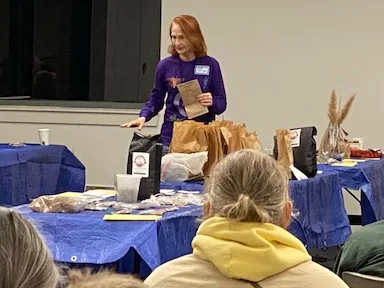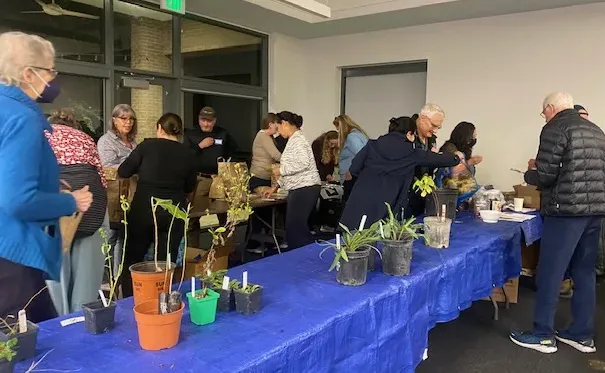November 16, 2023 @ 6:00 pm – 8:30 pm
Before you start all of your Thanksgiving festivities, join us for one of favorite annual events! If you have native plants, you likely have some new seedlings that have popped up, clumps that need to be divided, and seed heads to collect. Gather them up and trade them for some new species! This is always a fun event. What’s better than free plants, right?
Please only bring specimens that are locally native to Harris and surrounding counties or the Gulf Coast ecoregion. You can also bring other useful native plant related materials you don’t need any more like books or tools.
This is a great opportunity to network with your fellow NPSOT-H members, meet the board, and enjoy time with other native plant enthusiasts. We hope you can join us; please bring your favorite sharable dish for the potluck!
Note we start earlier than our normal meeting and have a potluck dinner. Here is a rough outline of our schedule for the evening.
- 6:00 pm – Set-up plants and seeds/social time
- 6:30 pm – Potluck dinner
- 7:00 pm – Announcements
- 7:15 pm – Treasury update
- 7:20 pm – Plant talks
- 8:00-8:30 pm – Plant & seed swap


Our monthly chapter meetings are held on every 3rd Thursday, January – November. Our meetings are free and open to the public thanks to our members and sponsors.
Houston Arboretum and Nature Center
610 Entrance (preferred)
120 W Loop N Fwy
Houston, TX 77024
Woodway Entrance
4501 Woodway Drive
Houston, TX 77024
Our next live-streamed meeting will be in January.
Return to Houston Chapter Page
Related Events
-
No Chapter Meeting
January 2, 2025 @ 6:30 pm






